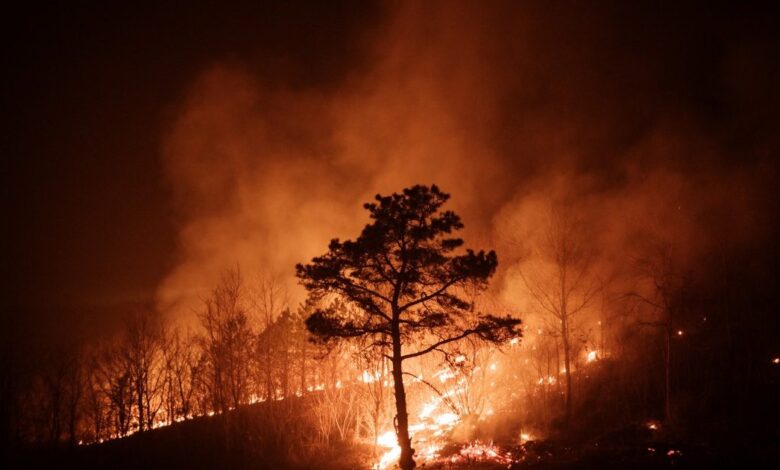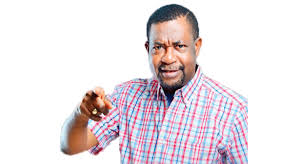18 die in South Korea wildfires

At least 18 people have been killed in one of South Korea’s worst wildfire outbreaks, with multiple raging blazes causing “unprecedented damage”, the acting president said Wednesday.
More than a dozen fires broke out over the weekend, scorching wide swathes of the southeast, forcing around 27,000 people to urgently evacuate, with the fire cutting off roads and downing communications lines as residents fled in panic.
Overnight into Wednesday, the death toll jumped as wind-driven flames tore through neighbourhoods and razed an ancient temple.
“Eighteen people died in the wildfires,” a ministry of safety official told AFP.
According to the interior ministry, the wildfires have charred 17,398 hectares (42,991 acres), with the blaze in Uiseong county alone accounting for 87 percent of the total.
The government has raised the crisis alert to its highest level and taken the rare step of transferring thousands of prisoners.
“Wildfires burning for a fifth consecutive day… are causing unprecedented damage,” South Korea’s acting president Han Duck-soo said.
He told an emergency safety and disaster meeting that the blazes were “developing in a way that is exceeding both existing prediction models and earlier expectations.”
“Throughout the night, chaos continued as power and communication lines were cut in several areas and roads were blocked,” he added.
In the city of Andong, some evacuees sheltering in an elementary school gym told AFP they had to flee so quickly they could bring nothing with them.
“The wind was so strong,” Kwon So-han, a 79-year-old resident in Andong told AFP, adding that as soon as he got the evacuation order he fled.
“The fire came from the mountain and fell on my house,” he said.
“Those who haven’t experienced it won’t know. I could only bring my body.”
– ‘Most devastating’ –
By Wednesday, one of the fires was threatening the historic Hahoe Folk Village- a UNESCO-listed world heritage site popular with tourists but now under an emergency alert.
Thousands of firefighters have been deployed, but “strong winds reaching speeds of 25 metres per second persisted from yesterday afternoon through the night, forcing the suspension of helicopter and drone operations,” Han said.
The changing wind patterns and dry weather have “revealed the limitations of conventional firefighting methods,” he added.
Hundreds of soldiers have joined the effort, with helicopter support also provided by US forces stationed in the South.
The fires are “the most devastating” yet in South Korea, Han said.
– ‘Fireballs’ –
Last year was South Korea’s hottest year on record, with the Korea Meteorological Administration saying that the average annual temperature was 14.5 degrees Celsius- two degrees higher than the preceding 30-year average of 12.5 degrees.
Some types of extreme weather, such as heat waves or heavy rainfall.
Other phenomena, such as forest fires, droughts, snowstorms and tropical storms, can result from a combination of complex factors.
“The region had been experiencing unusually dry weather with below-average precipitation,” Han said, adding that the South had been hit by more than double the number of fires this year than last.
The major fire in Uiseong was reportedly caused by a person tending to a family grave who accidentally ignited the blaze.
The government has said more than 27,000 people have been relocated to temporary shelters, and it is promising to provide emergency relief and financial support to those displaced.
Apple farmer Cho Jae-oak told AFP that he and his wife had sprayed water around their house all day in a desperate bid to protect it.
“We kept spraying and guarded. When the fire was burning on the mountain, fireballs flew here,” he said, adding that the encroaching flames eventually forced them to leave.
AFP





